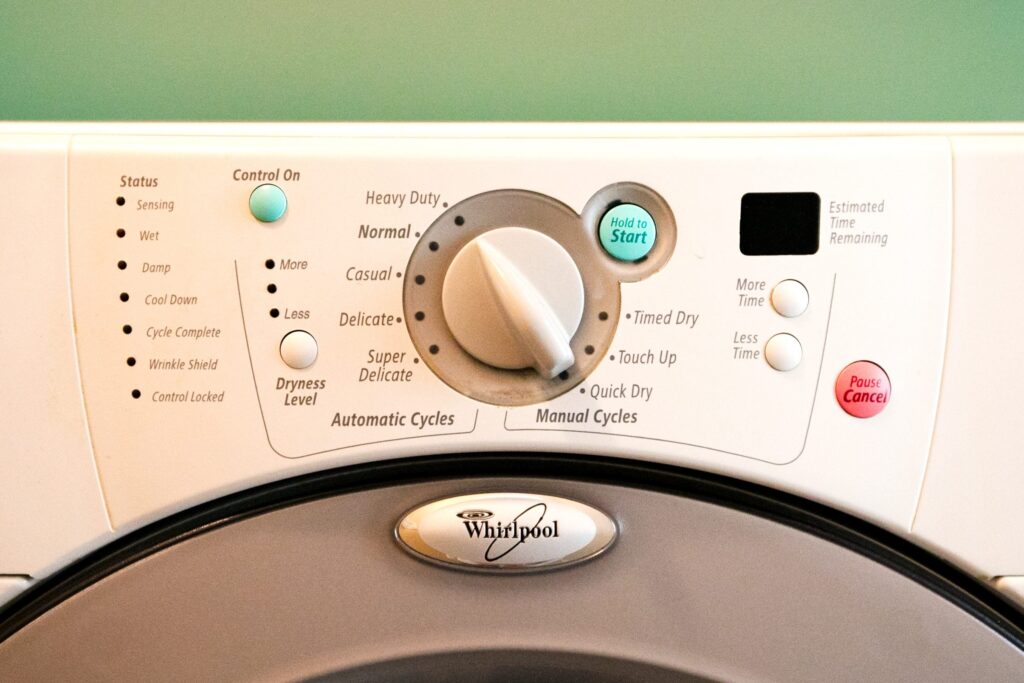
Tumble drying clothes is a convenient way to quickly dry your laundry, but it’s important to use the right settings to prevent damage and maintain the quality of your garments. High heat can be detrimental to fabrics, leading to shrinkage, warping, and even tears. To ensure your clothes last longer and look their best, low heat tumble drying is the preferred method.
This article will delve into the benefits of using a low heat setting for tumble drying, explore the potential damage caused by high heat, and discuss alternative drying methods like air drying. By following these guidelines, you can keep your clothes looking fresh and vibrant for years to come.
Tumble Drying Clothes
Tumble dryers work by circulating hot air around your clothes, accelerating the evaporation process and removing moisture. This method is significantly faster than air drying, making it a popular choice for busy individuals or those living in areas with limited space for hanging laundry.
Modern tumble dryers often feature various heat settings, allowing you to customize the drying process based on the type of fabric. However, it’s crucial to understand that not all fabrics are created equal and require different levels of heat. Delicate materials like silk, wool, or lace can be easily damaged by high temperatures, while sturdier fabrics like cotton or linen can withstand higher heat settings.
Always check the care label on your garments before placing them in the dryer. The label will typically indicate the recommended drying method and temperature setting.
Low Heat Setting Benefits

Using a low heat setting for tumble drying offers several advantages over high heat. Firstly, it helps prevent shrinkage. High heat can cause fibers to contract, leading to clothes that are too small after drying. Low heat minimizes this risk, ensuring your garments maintain their original size and fit.
Secondly, low heat is gentler on delicate fabrics. It prevents excessive stress on the fibers, reducing the likelihood of damage or tearing. This is particularly important for items like sweaters, lingerie, or blouses made from delicate materials.
Avoid High Heat Damage
High heat drying can lead to a range of problems, including fabric damage, color fading, and warping. Delicate fabrics like silk or wool are especially susceptible to high heat, which can cause them to become brittle, lose their shape, or even melt.
Furthermore, high heat can cause colors to bleed or fade, resulting in dull-looking clothes. This is because the intense heat can break down the dye molecules, causing them to release from the fabric. Warping occurs when fabrics are exposed to uneven heat distribution, leading to distortion and misshapen garments.
Fabric Integrity

Maintaining the integrity of your fabrics is crucial for ensuring their longevity and performance. High heat drying can weaken fibers, making them more prone to tearing or snagging. It can also alter the fabric’s texture, making it feel rougher or less comfortable against the skin.
Low heat drying helps preserve the natural structure of fabrics, keeping them strong and resilient. This is particularly important for activewear or outdoor clothing that experiences frequent wear and tear.
Air Drying Alternative
Air drying clothes is a gentle and energy-efficient alternative to tumble drying. It involves hanging your garments on a clothesline, drying rack, or over a shower rod. While air drying takes longer than tumble drying, it’s a great way to preserve the quality of your clothes and reduce your environmental impact.
To speed up the air drying process, you can place your clothes in a well-ventilated area with good airflow. You can also use a fan to circulate the air around your garments.
Conclusion
Tumble drying clothes on a low heat setting is the best way to ensure optimal care and longevity for your garments. While high heat can be tempting for its speed, it poses significant risks to fabric integrity, color vibrancy, and overall garment quality. By opting for low heat or exploring alternative methods like air drying, you can keep your clothes looking their best for years to come. Remember to always check the care labels on your garments and follow the recommended drying instructions for best results.
